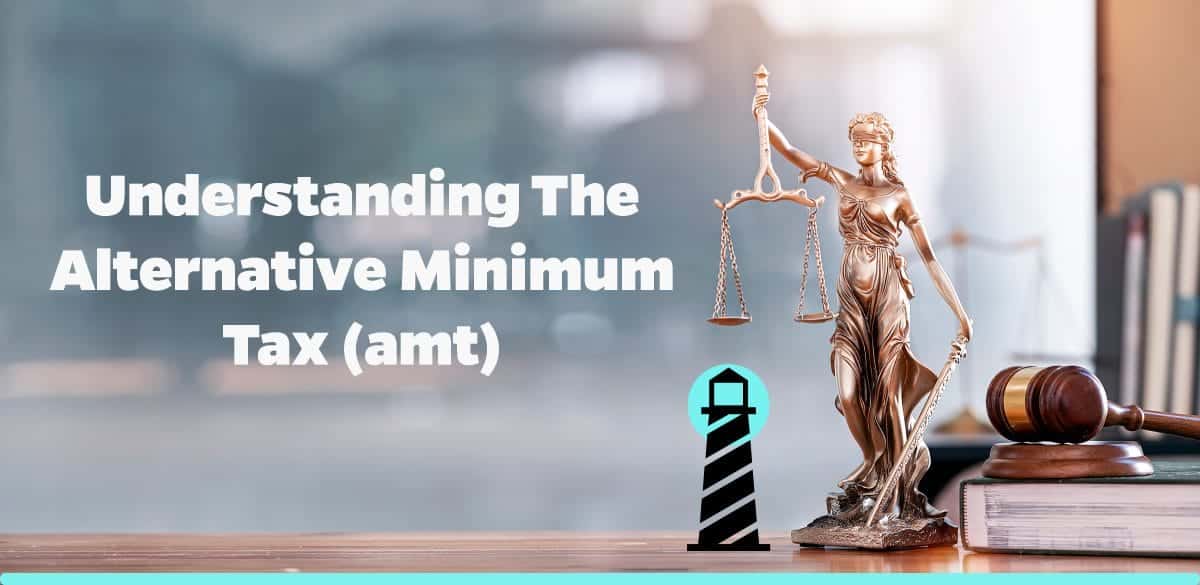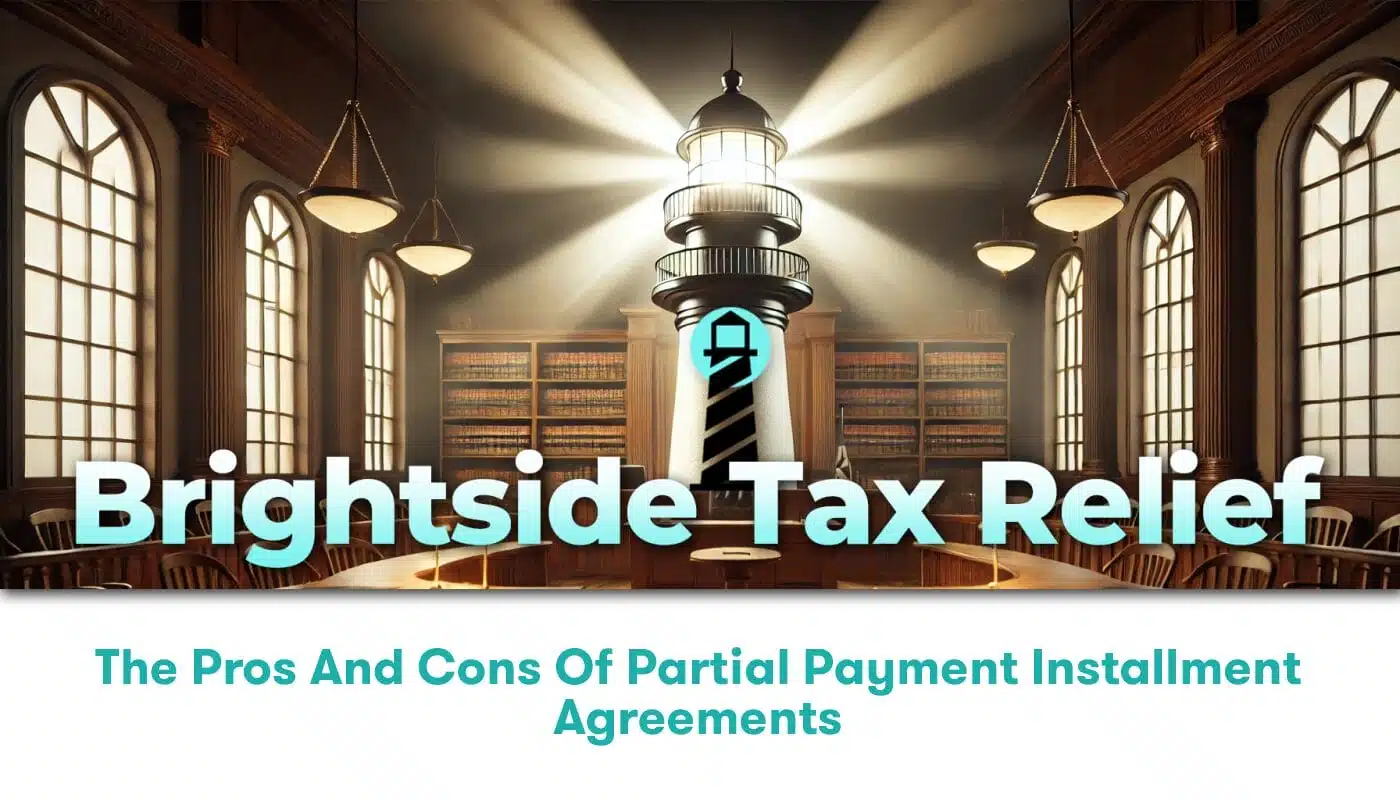Digging into the Basics of the Alternative Minimum Tax (AMT)
The tax system in the United States is a broad and complex entity, which has made understanding taxes somewhat challenging for many Americans. Among the many elements of this system, one that often garners attention is the Alternative Minimum Tax (AMT). The Alternative Minimum Tax, as provided by the Internal Revenue Service (IRS), is designed to ensure that high-income individuals, corporations, estates, and trusts pay at least a minimum amount of income tax. This is done irrespective of deductions, exemptions, and credits, which otherwise would reduce their tax obligations significantly.
The Genesis and Application of the Alternative Minimum Tax
The Alternative Minimum Tax originated in the 1960s in response to public outrage over the revelation that some wealthy individuals were exploiting loopholes to avoid paying any income tax. The tax was intended to ensure that those with high incomes could not completely evade their tax obligations through deductions and credits.
The AMT operates under its own set of rules and calculations, distinct from the regular tax structure. It begins with the taxable income, adjusts for certain items, and then applies exemption amounts which phase out at higher income levels. The remaining amount is then subjected to the AMT tax rates to calculate the minimum amount of tax owed. If the AMT amount is larger than the amount of tax calculated under the regular tax rules, the taxpayer is required to pay the difference as AMT.
Who is Subject to the Alternative Minimum Tax
The AMT is not relevant to every taxpayer. This tax applies to a specific group of people who have a particular combination of income, deductions, and personal circumstances. Typically, it affects individuals with high income (those earning over $200,000), large families, and those who live in high-tax states. The individuals need to calculate their taxes twice – once under the regular system and then under the AMT – and pay the higher of the two amounts.
Calculating the Alternative Minimum Tax
Calculating the Alternative Minimum Tax can be a challenging task as it requires a different equation than the regular tax calculations:
1. Start with regular taxable income.
2. Add back certain deductions such as state and local tax deductions and personal exemptions for dependents.
3. Subtract the AMT exemption amount (which is dependent on filing status and income level).
4. Apply the appropriate AMT tax rates (26% or 28%).
For detailed calculations and updated tax rates, the IRS provides comprehensive guides and instructions on AMT.
Planning and Avoiding the AMT
Now that we understand the basics and calculations of the AMT, the question arises – can it be avoided or minimized? The answer lies within careful tax planning and understanding specific strategies that can lower your AMT exposure. One effective strategy is managing your timing on deductions. Since the AMT does not permit certain deductions, by delaying these expenses to a non-AMT year, a taxpayer can take full advantage of these deductions.
The AMT and Tax Law Changes
The Tax Cuts and Jobs Act (TCJA) of 2017 made significant changes to the AMT, with the aim to reduce its impact on middle-income families. The TCJA increased the AMT exemption amount and the income threshold at which the exemption begins to phase out. This resulted in fewer taxpayers being subject to the AMT.
Conclusion: The AMT and its Ongoing Relevance
Although the number of taxpayers affected by the AMT has lessened due to recent tax law changes, the Alternative Minimum Tax continues to be a critical aspect of the US tax system. It aims to ensure that high-income taxpayers contribute a minimum share of their earnings towards the nation’s tax revenue. Understanding the AMT and its implications allows taxpayers to strategize wisely and minimize its impact where possible.
Here at Brightside Tax Relief, our goal is to provide you with thorough, accessible tax education that aids in efficient financial planning. Learning about elements like the Alternative Minimum Tax is a vital part of this process, and we hope that this analysis has added value to your knowledge base. Stick around for more insights and advice on navigating the intricate labyrinth that is the US tax landscape.






